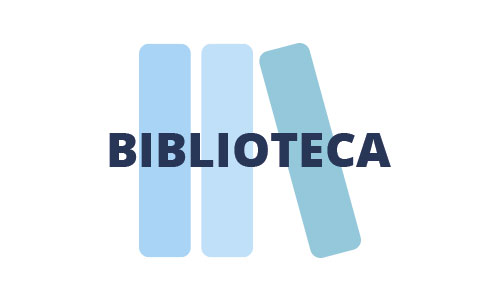Beyond adsorption: a new look at nanoporous carbons
 1
/
1
1
/
1

El miércoles 26 de abril de 2017 la Catedrática Dª. Teresa J. Bandosz del Departament of Chemistry, The City College of New York (New York) impartirá la conferencia en el aula M-2 a las 11.30h.
In this talk we would like to provide an insight into our perspectives on the new applications of nanoporous carbons that were inspired by the graphene features and its presence in these carbonaceous materials. A significant advancement to the “new” science of the “old” nanoporous carbons is in their application as photocatalysts for water splitting and as gas sensors. In these applications both surface chemistry and porosity are crucial factors determining the specific performance. We will show an excellent gas sensing capability of carbons and their response selectivity. Photoactivity in electrochemical water oxidation reactions and CO2 reduction will also be addressed. The mechanism of the observed processes will be proposed.
Our inspiration in the science of graphene combined with the comprehensive knowledge of activated carbons surface chemistry, texture, morphology and adsorptive/reactive adsorptive properties directed us to look at carbons from another perspective; from the perspective of nanotechnology. The results obtained by us and briefly addressed here are very new and many questions have arisen, and are left unanswered, and many approaches need improvements. One has to take into account that explaining the complex phenomena on nanoporous carbons is not easy owing to the combination of the porosity and surface chemistry effects. Practically either one cannot exist without another and they add up to that's specific and unique synergy provided only by these materials. One thing is certainly true: “adventurous” graphene features can be found in nanoporous carbons and they deserve to be explored and used to their full extent.








